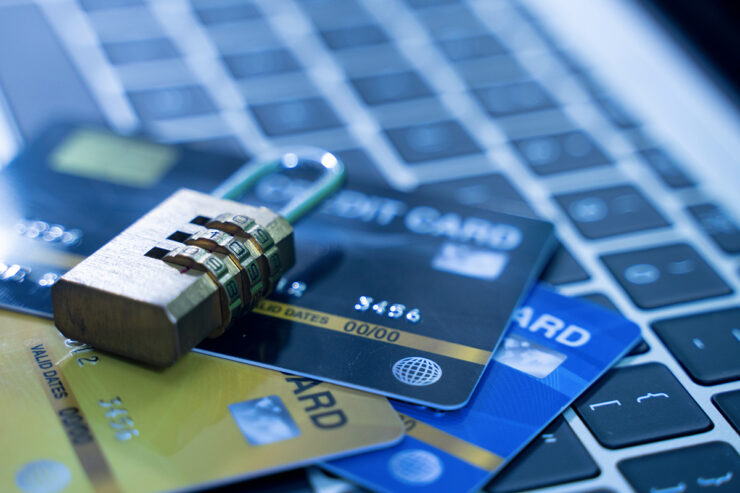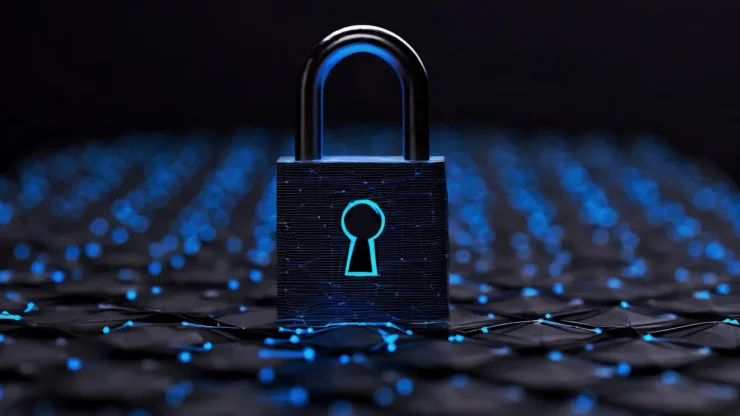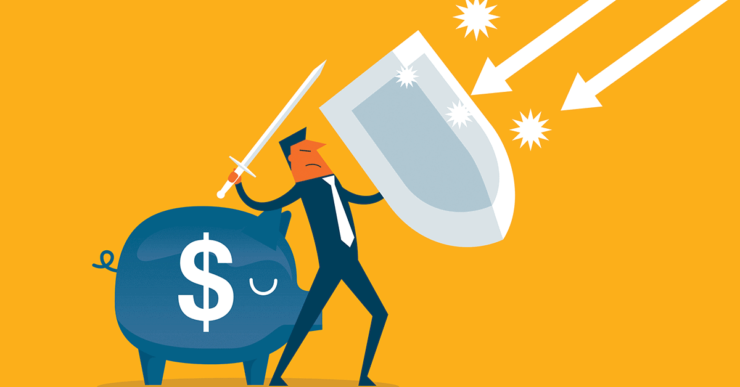Table of Contents
Fraud protection is a major concern for financial institutions. Consumers should think about it as well, but how many of us actually do? Knowing what we know about stolen credit card and bank information, the question of who is actually responsible for fraud protection demands a solid answer.
In early December 2024, the Treasury Department’s Office of Cybersecurity and Critical Infrastructure Protection (OCCIP) released a bulletin advising consumers to be extra careful about protecting themselves during the holidays. They warned of potential fraud scams and cyber-crimes that cost consumers “billions of dollars per year.”
The government’s advice included staying vigilant, being proactive, and responding quickly if one suspects fraud. That is all well and good, but it’s still not an answer to the primary question of who is responsible for fraud protection.
Plenty to Go Around

An honest assessment of credit card and bank fraud does not place the responsibility of fraud protection on any one institution, organization, or individual. The truth is that there is plenty of responsibility to go around. Expecting a single entity to handle it is just foolish.
Consumers bear the responsibility of protecting sensitive information at all costs. Whether it’s the holiday shopping season for any other time of year, consumers are always potential victims. Remember that threat actors go after the most vulnerable, and that happens to be consumers most of the time.
Consumers can contribute to fraud protection by:
- Being very careful about when and how they use credit cards.
- Choosing online merchants carefully.
- Monitoring their own credit reports.
- Regularly checking bank and credit card accounts.
- Balancing all accounts on a monthly basis.
Consumers just paying attention to what is happening with their accounts can make a significant difference. When anything suspicious is identified, it should be reported.
Financial Institution Responsibility
The consumer’s contribution to fraud protection is an important one. Unfortunately, even the most diligent consumers may not be made aware of fraudulent activity until it’s too late. That’s where financial institutions come in. They have the ability to search for and monitor potential threats before they come to fruition.
At DarkOwl, a key fraud protection strategy is to work with financial institutions to help them “identify, prevent and mitigate fraud with cutting-edge darknet intelligence.” To put it more simply, DarkOwl provides data intelligence to financial institutions, security teams, and tech companies so that they can seek out and find potential threats as early as possible.
As just one example, dark web monitoring can reveal leaked and stolen credit card data being sold online. As soon as a financial institution knows the data is out there, it can take steps to cancel existing cards and then issue new cards to customers.
The Role of Technology in Fraud Detection

Technology plays a pivotal role in modern fraud protection. Financial institutions rely on advanced tools and algorithms to detect unusual activities. These technologies help identify patterns that human oversight might miss, providing an extra layer of security.
- AI-Powered Monitoring: Automated systems flag suspicious transactions in real-time.
- Encryption: Protects sensitive data from unauthorized access.
- Biometric Authentication: Adds an extra layer of security beyond passwords.
- Machine Learning Models: Continuously adapt to new fraud tactics.
Such innovations ensure that financial institutions can act swiftly, often before consumers notice any irregularities.
Fraud Protection Is an Ongoing Battle

As explained by the experts, the reality is that fraud protection isn’t a one-time thing. Preventing fraud is not a simple matter of installing a single software solution and then leaving it at that. To be honest, fraud protection is an ongoing battle.
Fraudsters are not going away. As long as they continue succeeding in what they do, they will keep doing it. So it behooves both financial institutions and consumers to continually step up their games. The only way to stop credit card and bank account fraud is to guarantee that fraudsters don’t succeed.
Common Fraud Tactics to Watch Out For
Understanding how fraudsters operate can help both consumers and institutions stay ahead of potential threats. Here are some common tactics:
- Phishing Emails: Designed to trick recipients into revealing sensitive information.
- Skimming Devices: Installed on ATMs or gas pumps to capture card data.
- Social Engineering: Manipulating individuals into divulging confidential details.
- Fake Websites: Imitating legitimate sites to steal login credentials.
Awareness of these methods can significantly reduce the risk of falling victim to fraud.
Steps to Take if You Suspect Fraud
Quick action is essential when fraud is suspected. Here’s what consumers should do:
- Contact Your Bank Immediately: Report suspicious activity without delay.
- Freeze Your Credit: Prevent new accounts from being opened in your name.
- Monitor Statements: Look for unfamiliar charges regularly.
- File a Police Report: Especially if identity theft is involved.
- Update Passwords: Change credentials for any compromised accounts.
These steps can limit the damage and help authorities track down the perpetrators.
The Importance of Education and Awareness
Continuous education is key in the fight against fraud. Financial institutions often offer resources to help consumers recognize and respond to potential threats. Workshops, online courses, and informational bulletins can empower individuals with the knowledge they need to stay safe.
Legal and Regulatory Measures Against Fraud

Governments and regulatory bodies also play a role in fraud protection. Laws such as the Fair Credit Billing Act (FCBA) and the Electronic Fund Transfer Act (EFTA) provide consumers with rights and protections. Financial institutions must comply with strict regulations to ensure robust security measures are in place.
Final Words
Who is responsible for fraud protection? We all are. Consumers need to do their part by being more careful. Financial institutions should be aggressively searching for and monitoring threats. And when threats are uncovered, the justice system needs to step up and do its job. Additionally, fostering a culture of security awareness and continuous improvement in fraud detection methods is vital. The collective effort of consumers, financial institutions, and regulatory bodies can create a formidable defense against fraud, ensuring a safer financial environment for everyone.

